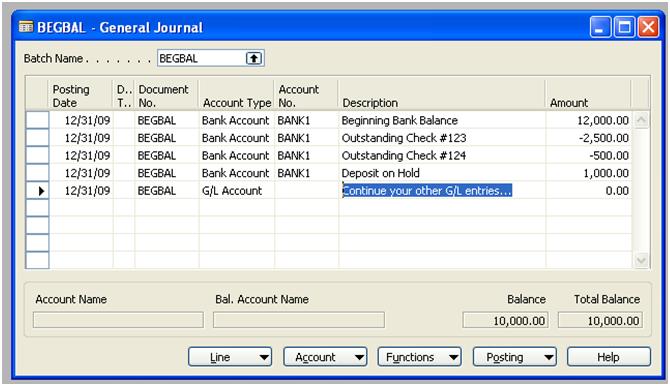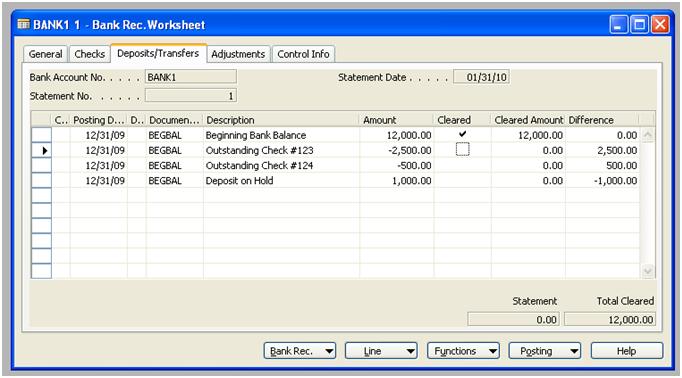This blog post is an overview of my experience at Directions 2009. In my opinion, this is THE event to attend if you provide software or service to Dynamics NAV (Navision).
Most of the sessions in Directions 2009 were about the RTC experience, upgrading to RTC, getting partners to buy into RTC.
Instead of posting a session summary ,which doesn’t really do the presenter justice with a few paragraphs, I just decided to write some highlights that stuck out for me during this event.
Numbers:
Now, for some numbers shared by the MBS executives:
– xx% of all Microsoft ERP sales is Dynamics NAV Navision – (Microsoft asked me to remove this number)
– There are now 1,350,000+ registered users for Dynamics NAV (Navision)
– There are 76,000+ Dynamics NAV (Navision) customer implementations worldwide
– No other mid-market ERP has more users and install base
Wow!! That’s some serious numbers! xx% of all Microsoft ERP sales is Navision! For all the people saying that Microsoft will discontinue or kill Dynamics NAV or Navision in favor of other products, I would seriously ask them to check their facts again.
New Cool Stuff in NAV2009 SP1:
(For all the people that covered what I’m about to write, I’m sorry if I’m duplicating)
– Dynamics Online – This is a Microsoft Software + Services thing. The demo they showed is a customer processing credit card transactions and have the credit card cleared by Dynamics Online. This is very neat and I’m very excited to see what other services they plan to offer with this program.
– Drilldown to Detail Reports – One of the best features in Quickbooks is the ability to drill down directly from the reports. For a long time, no other ERP product can duplicate what Quickbooks did unless they purchase BI tools or other report writing tools. This is now part of NAV2009 SP1. It’s about time!
– Edit in Excel and Import it Back – The folks demoed the ability to export to Excel, which was there since v5.0. But now, you can edit the data in Excel and import the data back into NAV. In addition, there is version control if the data is different from the time it was exported. But this functionality is not out of the box, it requires some programming.
Future of Dynamics NAV (Navision):
C/AL is Not Going Anywhere – One thing confirmed by Microsoft is that they will NOT kill C/AL either (the Navision programming language). It will continue to be used to develope Dynamics NAV (Navision). This means that partners do not have to rush to hire a ton of C# or VB programmers as previously thought. It also means customers do not have to fear about MSFT revamping the core logic of Navision making it unrecognizable.
Application Roadmap – In the Dynamics NAV (Navision) Statement of Direction, there’s talks about adding an Application Roadmap. This roadmap will list out improvements and new functionalities within the application to be added to the future releases.
I’ve confirmed with many Microsoft executives and managers that the NAV product team DO look at MS Connect for production suggestions. Even though they do not respond to most of the suggestions, they do put the suggestions into serious consideration. So if you want to make a difference in the future of NAV, this your chance!
Interesting ISVs:
– Centerline – They make reportings tools within NAV. Essentially, you can build queries within NAV and have it print very nice reports using SQL reporting services.
– Lanham Address verification – Lanham & Associates (the makers of EDI, eShip, etc) is developing a address verification grnaule within NAV. I have to say that it’s taking long enough for someone to come out with a good solution within NAV. No pricing is available on this product yet but this looks very exciting.
Session of the Conference:
For me, the session of the conference was not in Navision. It’s called Inventory Management devlivered by Jon Schreibfeder (www.effectiveinventory.com). His session described how to achieve profitability by managing your forecast and your items. Lanham’s forecasting granule is based on this guy’s teachings.
Other interesting observations:
– There were more than a few Microsoft Partners using a Mac
– Learned the approach for purchasing ERP software for Europe, US, and Asia. Very interest, but I’m not sure if the conclusion was based on too much alcohol or scientific proof.

